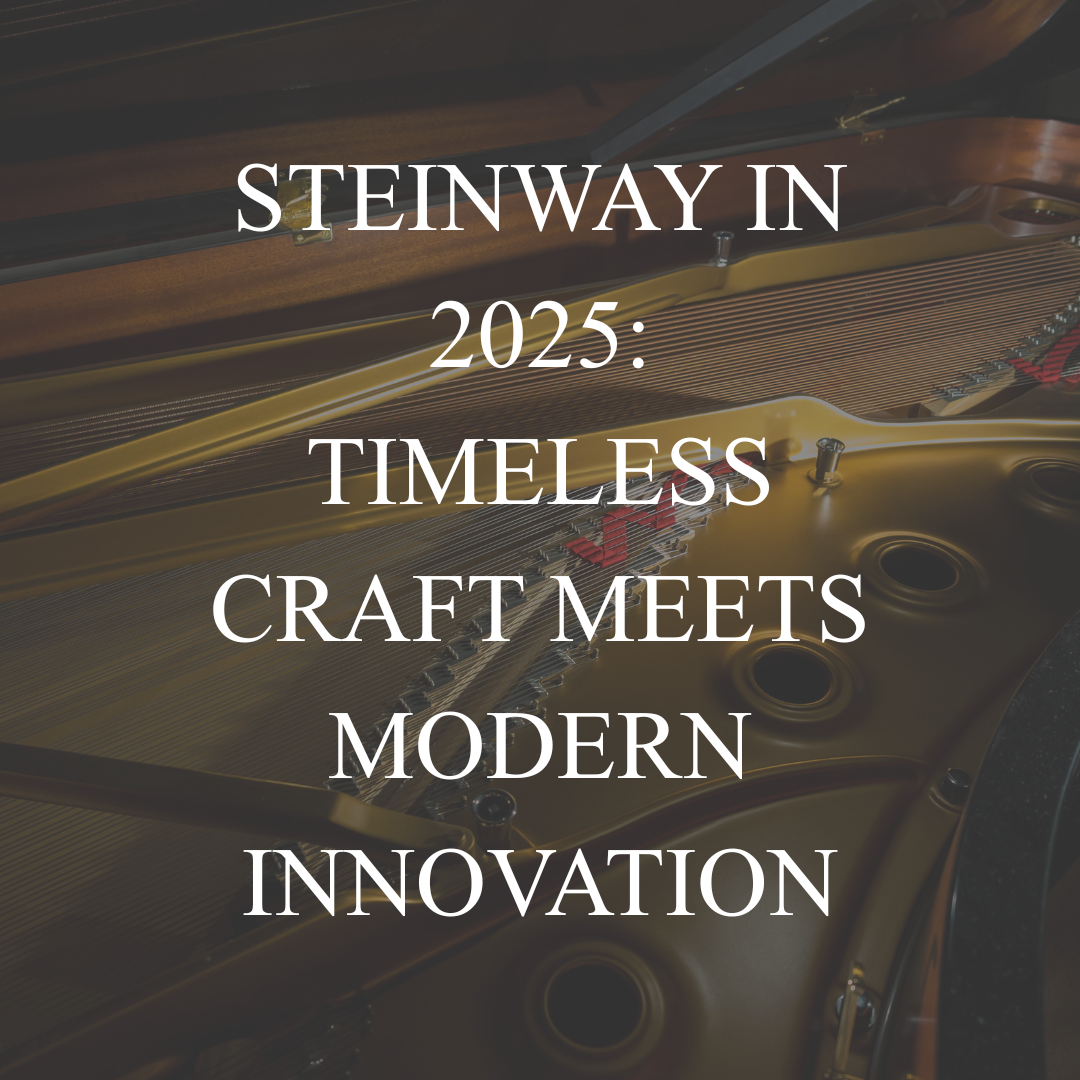
Welcome to our informational series called tech talk. I will be guiding you through a series of posts helping you better understand the piano from multiple viewpoints, as a pianist, performer and piano technician.
While studying at the Conservatory, it was always a challenge to find a piano in the basement practice rooms that was in tune, wasn't missing any strings, and that was regulated to a point that I was not frustrated for the hours of time I spent with it. It was this experience that led me to seek more knowledge about the instrument I spent so much time with.
The piano is composed of multiple systems, mechanical and structural, that work together within the laws of physics. All work together to create a whole, and the better the systems interact with each other, the better the outcome of sound and music from the musician. It is essential that each of these systems is in good working order so that their interactions are correct and efficient. Every mechanical adjustment is in some way dependent upon another. When they all work together properly, there is a most pleasant experience in playing the instrument and the piano is able to give back exactly what you ask of it, within its limits.
Let’s first consider the piano hammer when it is raised to a position in close proximity to the string. As the hammer is raised very slowly in a controlled manner, you will see that it never comes in contact with the string. If it does, there are other problems. When the hammer is raised to its highest position, the distance between the hammer and the string is referred to as let-off. This adjustment, in and of itself, creates the greatest perceived improvement in control by the pianist. But wait, its not that easy. This let-off distance must work in concert with a few other adjustments like drop, back check distance, repetition lever spring tension and others.
Check in again as we explore in depth the inner workings of your beloved instrument.
Comments will be approved before showing up.

As the leaves settle and we move into November, many of us begin the transition from everyday routines into holiday-anticipation. For those of us with a piano in the home, the instrument isn’t just furniture—it becomes a part of the family narrative.

Every four years, Warsaw becomes the luminous heart of the classical piano world. The International Chopin Competition is more than a contest — it’s a global ritual of artistry and endurance. For pianists, it is the Mount Everest of performance; for listeners, it is two weeks of breathtaking musical devotion.
But while the audience follows the fate of each pianist, another drama unfolds behind the music — a quieter rivalry that has nothing to do with interpretation or emotion, and everything to do with sound.
Because in Warsaw, the pianists are not the only ones competing. The pianos themselves are.

For more than a century, Steinway & Sons has defined what it means to build a truly exceptional piano. But in 2025, the brand isn’t just honoring tradition — it’s evolving. At Northwest Pianos, we continue to see how Steinway’s balance of craftsmanship and technology keeps it ahead of the curve in a fast-changing industry.